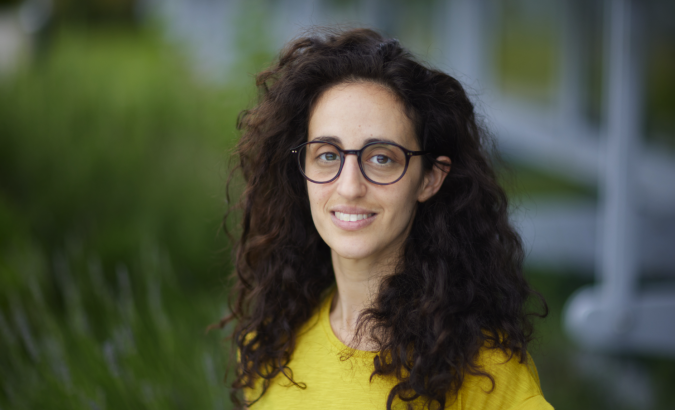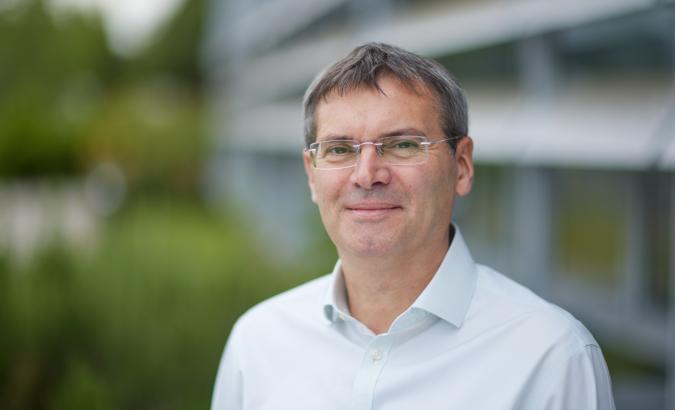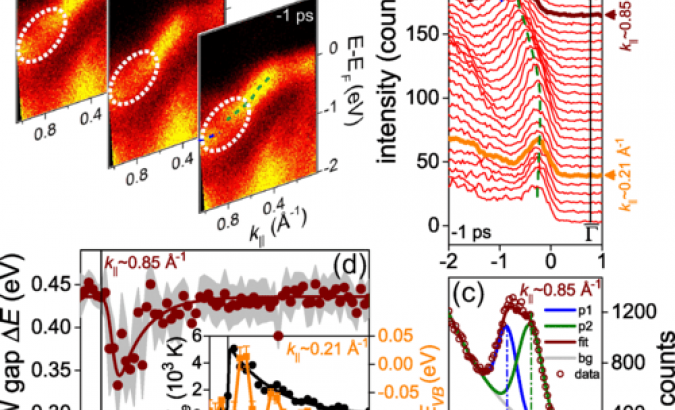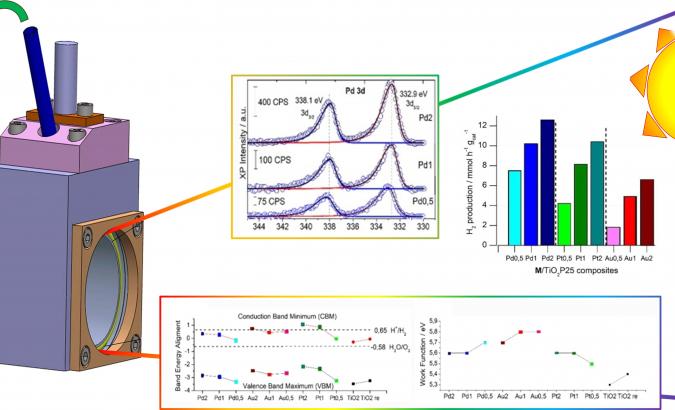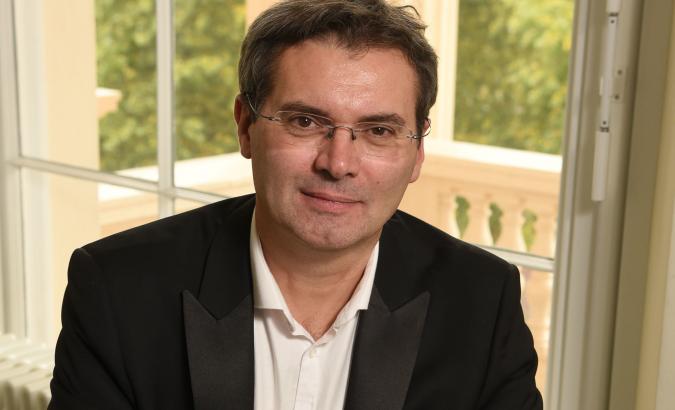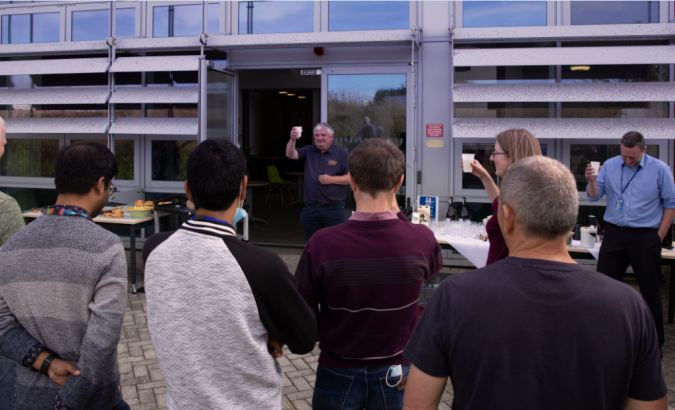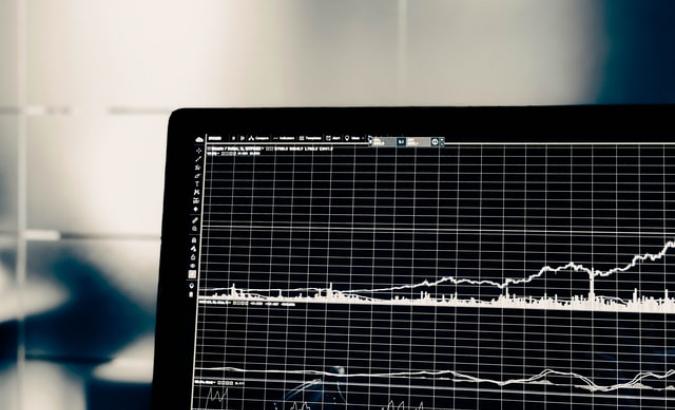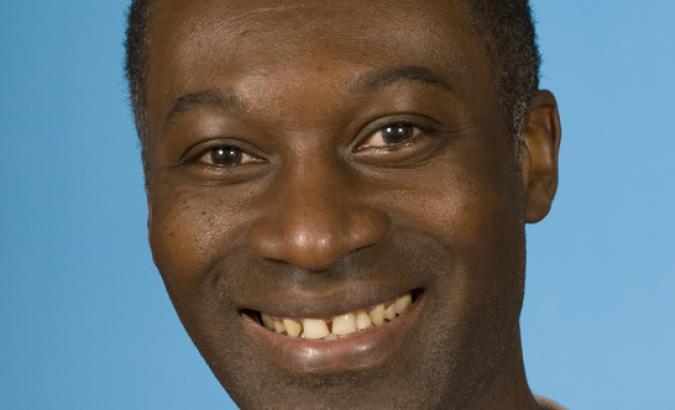An international consortium of multidisciplinary researchers and specialists has developed a new method to counter the problem of COVID-19 vaccine falsification.
There have been numerous instances of vaccine supply chains being infiltrated by falsified products, both for vaccines before the pandemic and for COVID-19 around the globe.
In response to this, the Science and Technology Facilities Council (STFC) Central Laser Facility (CLF) and partners have demonstrated the use of a specialised laser spectroscopy technique to rapidly verify falsified vaccines.
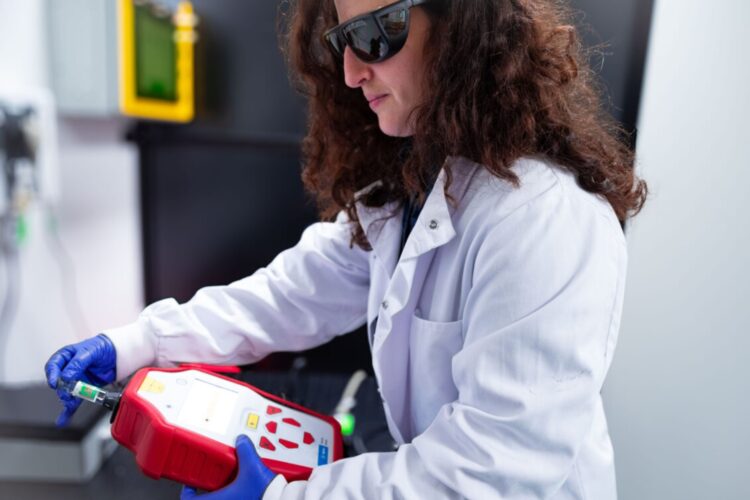
Prevent, detect, respond
Apart from endangering the public, by not effectively protecting people from COVID-19, falsified vaccines also risk undermining trust in vaccines. As such, it is critically important that we maintain integrity of supply chains by detecting falsified products effectively.
To address this global health issue, the World Health Organization (WHO) member states adopted a prevent, detect, and respond strategy.
Although critical, the detection of falsified vaccines currently relies on analysis that can only be performed in specialised laboratories.
Tackling an important problem
In response to the need to develop new methods to counter falsified vaccines, a consortium of world leading experts convened in 2020 consisting of representatives from:
University of Oxford’s Nuffield Department of Medicine, Department of Biochemistry and Department of Chemistry
Kavli Institute for Nanoscience Discovery
STFC, part of UK Research and Innovation (UKRI)
WHO, Geneva
Agilent Technologies
Serum Institute of India
University of Huddersfield
University of East London
In line with WHO strategy, this multidisciplinary and multi-institutional research consortium has developed a new method of effectively and efficiently detecting falsified vaccines.
Their study, published in the journal Vaccine, demonstrates the viability of the handheld Spatially Offset Raman Spectroscopy (SORS) technique to rapidly authenticate COVID-19 vaccines through unopened vaccine vials.
New uses for advanced technology
SORS performs chemical analysis by shining a laser light into an intact vial of the vaccine and inspecting the light emanating from the vial to indicate the presence of different ingredients.
SORS was originally invented and developed into a spin-out company by CLF, which was acquired in 2017 by Agilent Technologies, where the technique continues to be developed for various applications.
SORS devices are currently used to screen for hazardous substances at airports and used widely by fire officers, military, border protection and law enforcement. Only minor modifications in sample compartment and software adaption are required for its deployment in the field to tackle falsified vaccines.
The fact that SORS can effectively screen for falsified vaccines without opening the vial is a major advantage in terms of speed of detection and ability to use vaccines that pass the SORS testing.
Science for global challenges
Professor John Collier, Director of STFC CLF, said:
"SORS is poised to become an important tool to protect against falsified vaccines.
Since first being developed at the STFC Central Laser Facility, this innovative technology continues to find new areas of application which now include empowering governments and healthcare organisations to safeguard public health.
It is a prime example of the enormous benefits of responding to global health challenges with strategic technological innovation."
Ground-breaking research
Dr Rob Stokes, Field Detection Marketing Director at Agilent Technologies, said:
"The use of the handheld Resolve’s SORS technology for swift and non-intrusive analysis within sealed containers is ground-breaking, attributed to both SORS technology, and the inherent sensitivity of the optical design.
This approach not only advances vaccine authentication but also sets the stage for future high sensitivity analysis within sealed containers across diverse fields."
Promising future applications
Although this study focuses only on COVID-19 vaccines, the method it describes may also be used for authenticating other vaccines, liquid and solid medicines. Further research is needed with more vaccines and to evaluate its effectiveness at various points in supply chains.
With the increasing importance of vaccines for many diseases with pandemic potential and their inequitable distribution, innovative tools to empower inspectors in detecting criminal falsification such as these are a vital asset.
The full study can be read in the latest edition of Vaccine.
Credit to Helen Towrie. This announcement first appeared on clf.stfc.ac.uk on 20 October 2023. Research Complex at Harwell would like to congratulate Sara Mosca, Qianqi Lin and Pavel Matousek for their contributions.


